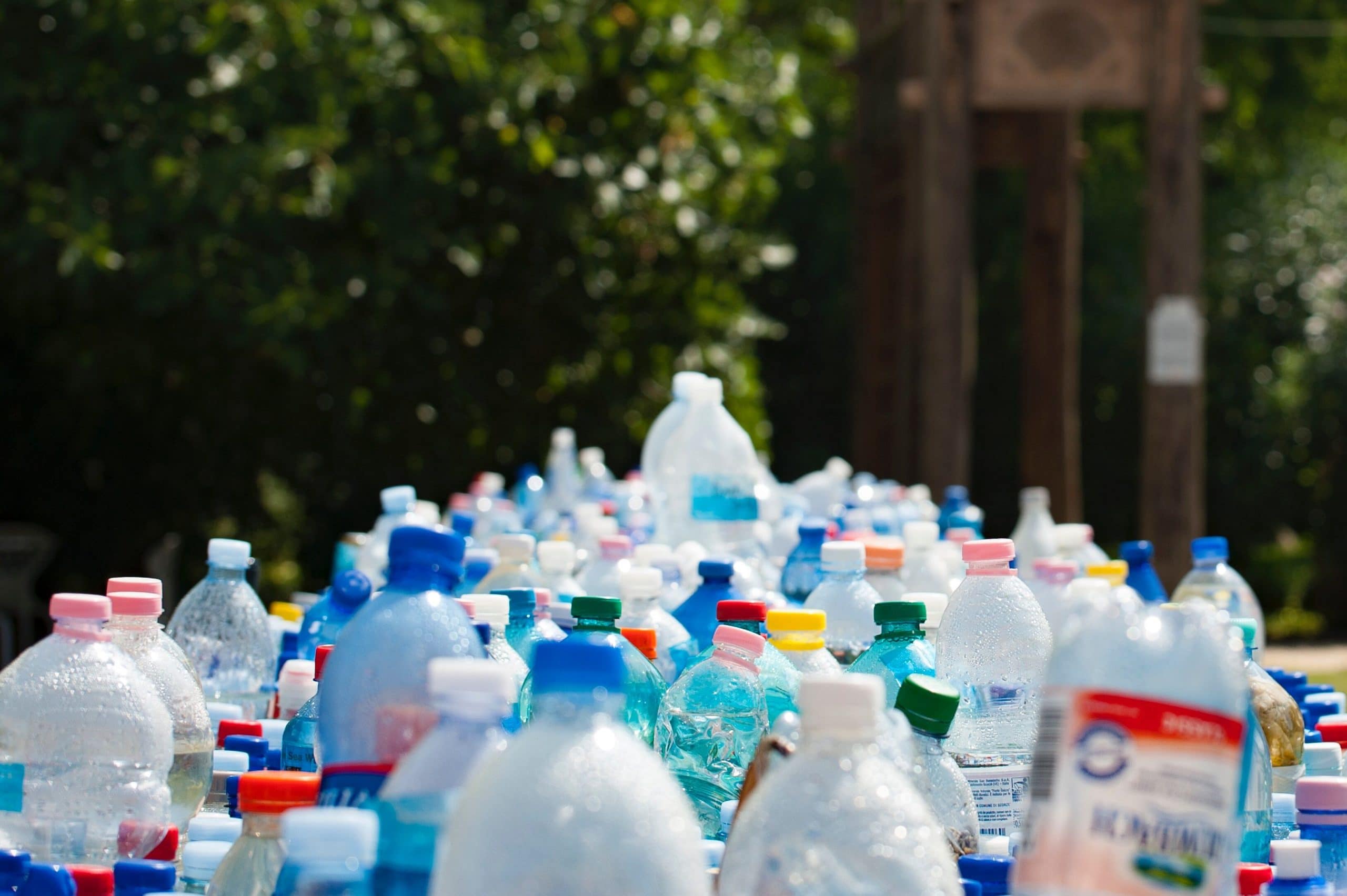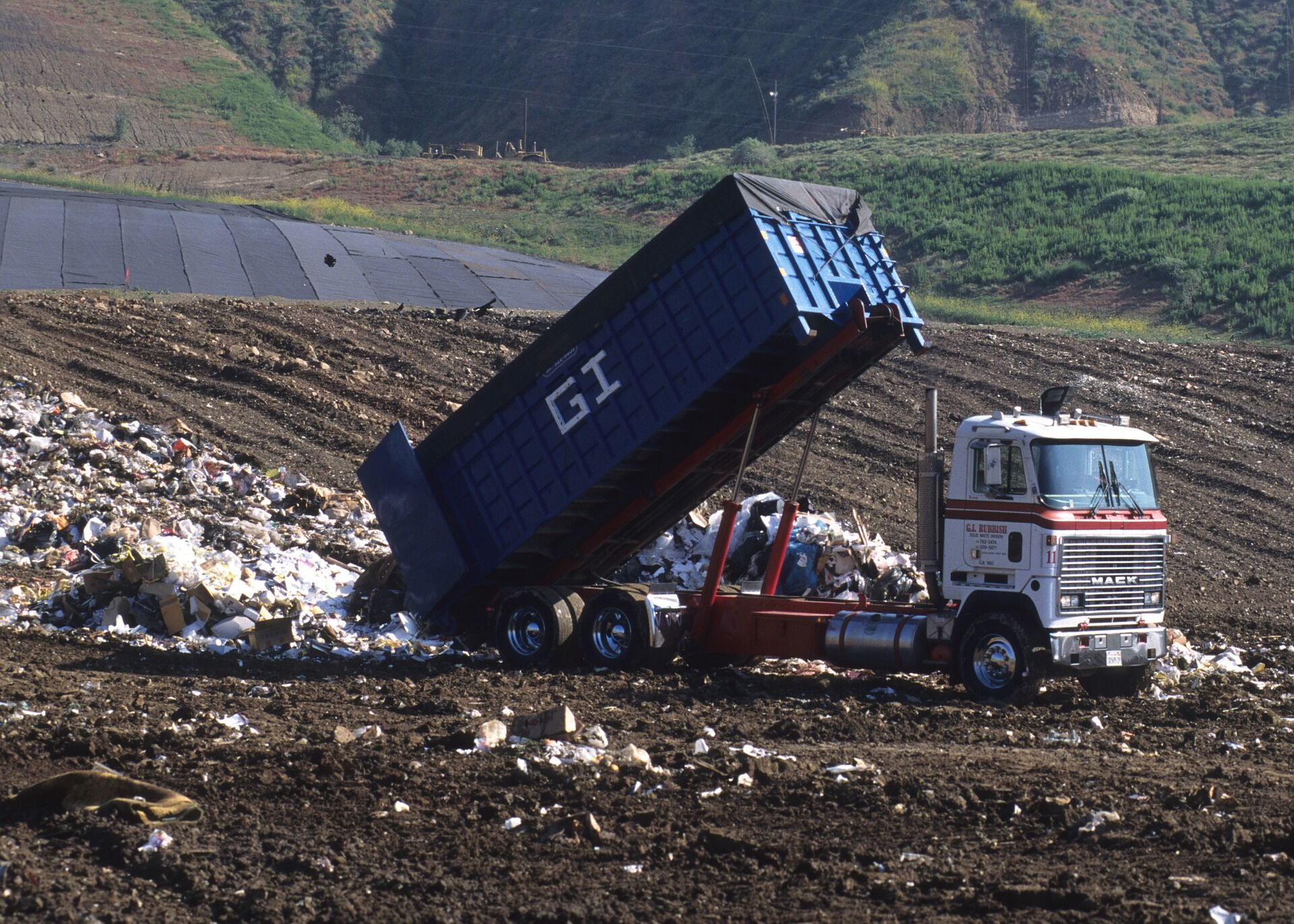Every year, we produce 340 million tonnes of plastic, while 8 million tonnes of plastic waste enter our oceans from coastal regions. However, plastic is only part of the environmental problem. John Auckland, Founder, TribeFirst told Zoya Malik how crowdfunding can help eco-friendly businesses and an emergent GreenTech segment grow and make a difference
Scientists at the Intergovernmental Panel on Climate Change (IPCC), the leading international body on global warming, warn that the rise in global temperatures needs to be kept under 1.5 degrees Celcius. If we break the 1.5-degree rise we are likely to see catastrophic fallout: melting ice caps causing sea levels to rise, increases in ocean temperatures wiping out entire species of sea life, and our ability to grow crops being endangered.
What can we do about it?
It seems clear that most established businesses aren’t going to drastically change their ways. Government regulation has helped curb the use of plastics through e.g. the microbead ban and plastic bag tax. However, projections show that with current government pledges, we are still on track for a temperature rise of 2.9 degrees Celcius. While the UK government voted to back Labour’s Climate Emergency declaration, a local council in Cumbria approved the first new coal mine in decades. It seems that while politics will play an important role, we shouldn’t rely on governments to take the lead on environmental issues.
The real change seems to be people-powered as seen with petitions leading to the plastic bag levy and microbead ban. TV programmes like Blue Planet are bringing greater public attention to these issues.
Put this together, and there is an excellent opportunity for start-ups and small businesses to capitalise on the public demand for environmental products, disrupting established polluting businesses. The challenge is knowing how to get started so you can make a real impact.
Find Your Niche
- Can’t tackle every issue at once
- Single-issue campaigns proven very effective
- Gives you a chance to get into detail
- Makes change feel more realistic
Bleed Green
To start up an environmental brand, you need to ensure that everything you do is as green as possible. If your product creates more CO2 or waste than it’s expected to save/recapture, from the processes required to make your product through to your entire supply chain and logistics, it’s not eco-friendly.
Take ReCircle’s home recycling appliance. Parts of it are made of plastic, it uses water and energy to clean and grind the recyclables, and the materials still need to be collected by a road vehicle. However, these limitations can be built into the design to ensure that the appliance will save more plastic and energy than manufacturing or operating the appliance produces. That way, the appliance can help reduce the amount of recycling ending up in the environment while still being carbon negative.

Leverage Regulation
Regulation can often be seen as something holding back environmental industries. A new environmental innovation needs to go through so many stages and the process exhausts smaller companies.
On the other side of the coin, regulations and subsidies help traditional industries, like fossil fuels, making it difficult for new environmental businesses to compete on cost.
However, regulation can also help environmental businesses. Regulation can draw people’s attention to a specific issue, bringing with it an awareness of your product or service. Tax breaks and subsidies can also work in your favour, providing cost-savings that you can pass on to customers.
For example, a draft EU directive stated that every new or refurbished house in Europe needs to be equipped with an electric vehicle (EV) recharging point. At the same time, the UK government were offering £500 grants towards approved EV charging points.
This created the perfect climate for EV charge point manufacturers to launch a wide range of products. Andersen EV, for example, found a niche in premium charge points, jumping on a gap in the market left by all the ugly, utilitarian charge points that come as standard. With businesses across Europe concerned that they would soon need to offer EV charge points under the EU directive, Andersen EV has a huge European market to rapidly expand into.

Gain Investment
Traditional sources of investment, such as VCs and IPOs, tend to put profit before anything else. There are laws that require publicly-traded companies to maximise value for shareholders. However, while these can make sense from one perspective, they can also compromise the environmental integrity of your brand.
As such, environmental start-ups are increasingly turning to equity crowdfunding to raise seed and early-stage investment. Equity crowdfunding is similar to traditional crowdfunding, except you sell real equity rather than offer rewards. The benefits of using equity crowdfunding are numerous, but here are our top three:
- You engage with a crowd of active environmentalists who will be keen to support any genuinely progressive and green start-up. They will be the most vocal advocates and your campaign could almost end up feeling like an activist campaign. These crowd investors will then turn into your first customers when your product or service is released.
- Crowdfunding comes with fewer strings attached. Investors generally don’t get voting rights which means you are free to pursue your environmental agenda without shareholder interference.
- Crowdfunding campaigns require a good deal of publicity to attract investors. As such, every marketing dollar spent during crowdfunding works twice as hard ‒ once to raise money and again to promote your brand.
Both of the companies already mentioned ‒ ReCircle and Andersen EV ‒ both turned to equity crowdfunding to raise investment. ReCircle is currently raising on Crowdcube while Andersen EV successfully used crowdfunding to raise £726,680 last year.
BuyMeOnce is another business using equity. They are combating product obsolescence (planned or otherwise) by finding, promoting and selling long-lasting, environmentally-friendly products on their website.
While the products tend to command a premium price point, the aim is to minimise multiple purchases of a product, (something that would make shareholders more money). We expect BuyMeOnce to capture the imagination of the crowd, attracting environmentalists to support the business.
When starting up an environmental business it can feel like the odds are insurmountable, the challenges too great. Not only do we need to drastically reverse climate change and waste pollution, but we also need to create businesses that can succeed and thrive.
By being mindful of these considerations and ensuring the company ‘bleeds green’ a Director of Finance can help ensure the company’s financial future. Making green claims which are unsubstantiated, cutting corners to save money and going for a ‘pale green’ option, or ignoring both current and likely future regulations will all damage the brand and in turn drive customers away. Investors will withdraw their support (even if it is too late to withdraw their money) and the business will ultimately fail. A Director of Finance therefore has to help his/her fellow Directors understand the importance of all these areas, the risks of not being wholly green, and the dangers inherent in ignoring the progression of environmental legislation.






